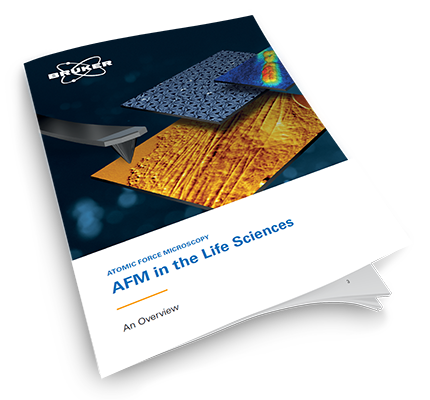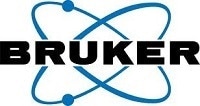Atomic force microscopy (AFM) is a high-resolution surface analysis technique that allows for 3D topographic imaging at the nanoscale and multiparametric characterization of the mechanical properties of soft matter, materials, as well as biological samples.
Download the ebook
When it comes to analyzing living cells, challenging biological samples and thick, multilayer tissue samples require purposefully designed instrumentation. BioAFMs are ideal when it comes to these samples, as they allow for measurements under near-physiological or controlled environmental conditions.

BioAFMs can also be seamlessly integrated with advanced optical microscopy to deliver complementary datasets and correlated measurements, offering novel insights into molecular mechanisms and paving the way for new and exciting research applications.
This eBook is a valuable tool for both seasoned AFM users and those still unfamiliar with the technique but interested in learning more about how it can expand their current research capabilities. Readers can expect to find an overview of BioAFM technology, practical tips on getting the most out of the technique, and other key information.
Key Topics Covered:
- The working principle of BioAFM, including the latest advanced features and imaging modes
- How to choose cantilevers for specific biological applications
- Enhancing analysis capabilities through correlative microscopy and the integration of AFM with advanced optical techniques.
A dive into some case studies demonstrating the application of BioAFM in life science research, including the investigation of DNA origami, cellular and molecular dynamics, and microrheological in living cells, as well as AFM-based single-molecule force spectroscopy
Download the ebook
About Bruker Nano Analytics

Bruker BioAFM, former JPK Instruments AG, is a leading manufacturer of nano-analytical instruments - particularly based on atomic force microscope (AFM) and optical tweezers systems - for life sciences and soft matter applications.
We combine the highest technical skills with visionary applications. Our work applies nanotechnology in ways to provide solutions to challenges facing researchers in life sciences and soft matter today. Driven by inspiration and ambition, it is our conviction that only the best tools are good enough for the research of life. We are listening with the ear of a scientist in detail to the current challenges of our customers and find individual solutions for individual problems. This is how we understand our business.
Sponsored Content Policy: News-Medical.net publishes articles and related content that may be derived from sources where we have existing commercial relationships, provided such content adds value to the core editorial ethos of News-Medical.Net which is to educate and inform site visitors interested in medical research, science, medical devices and treatments.